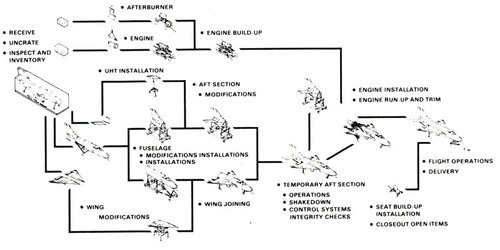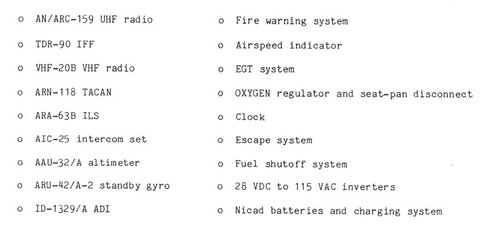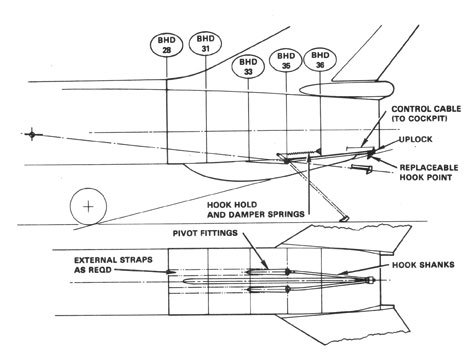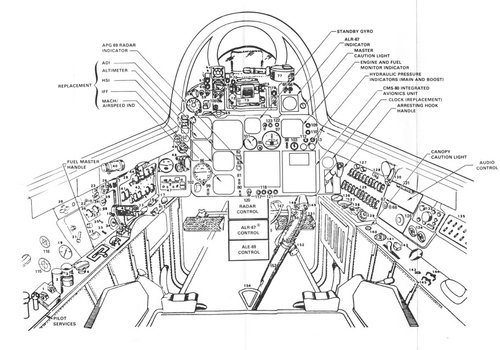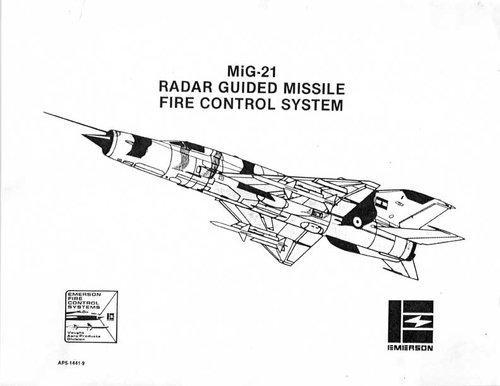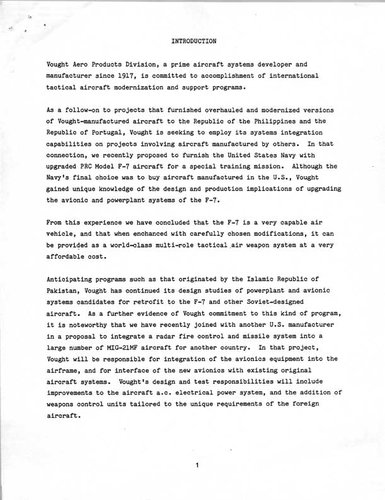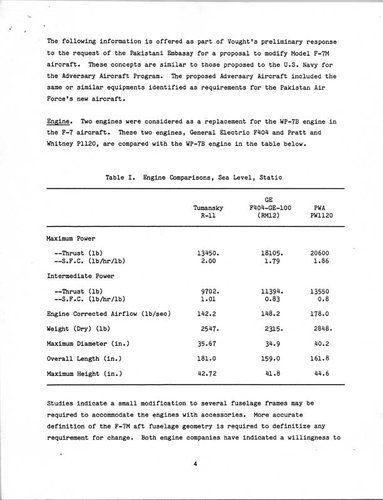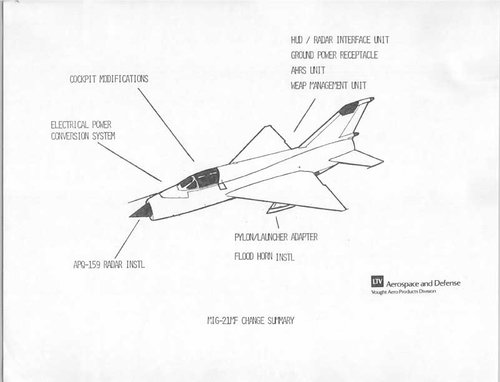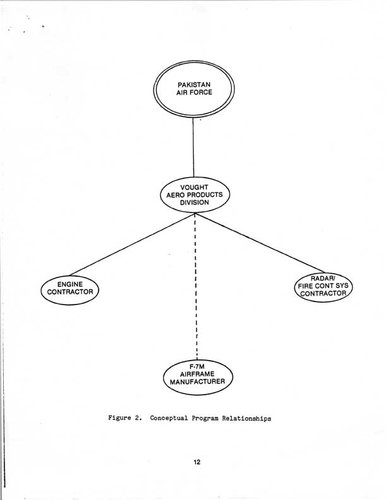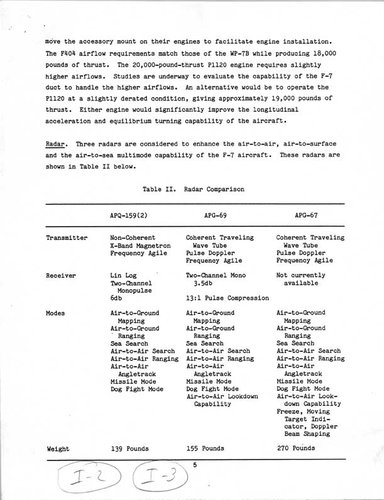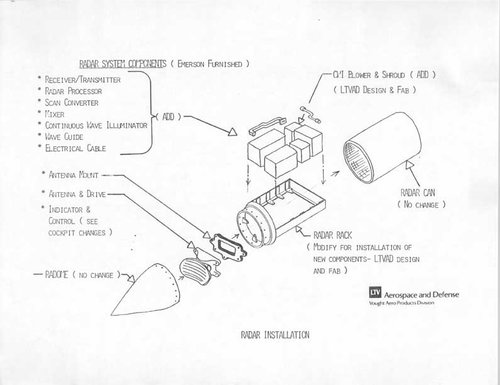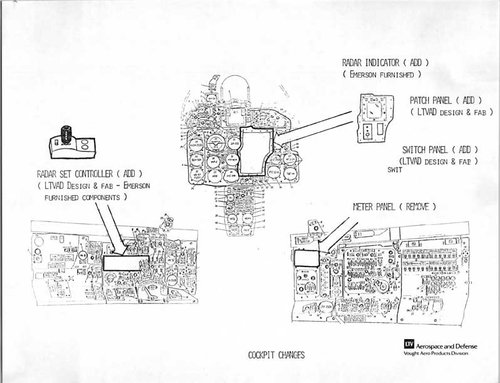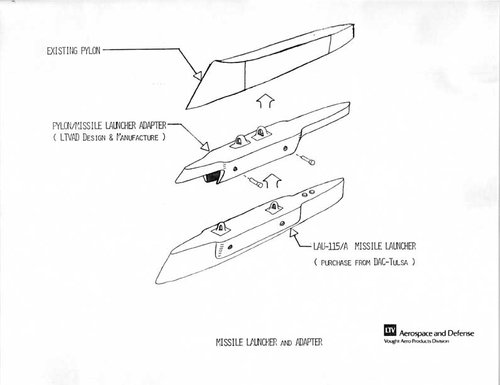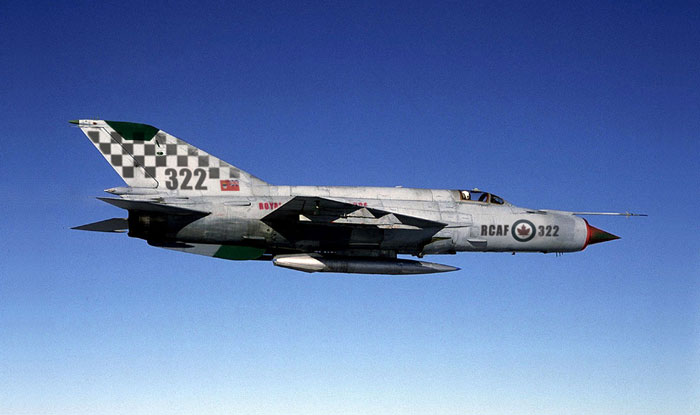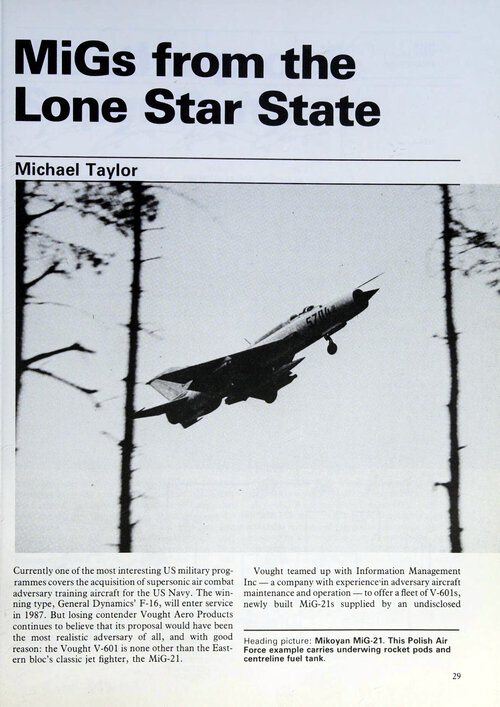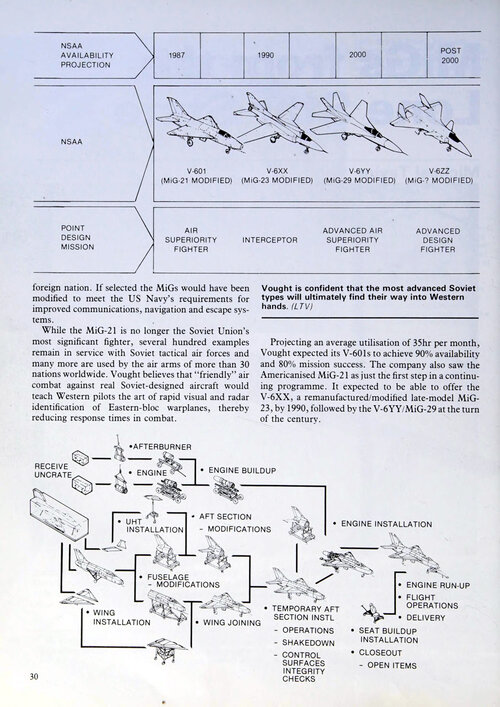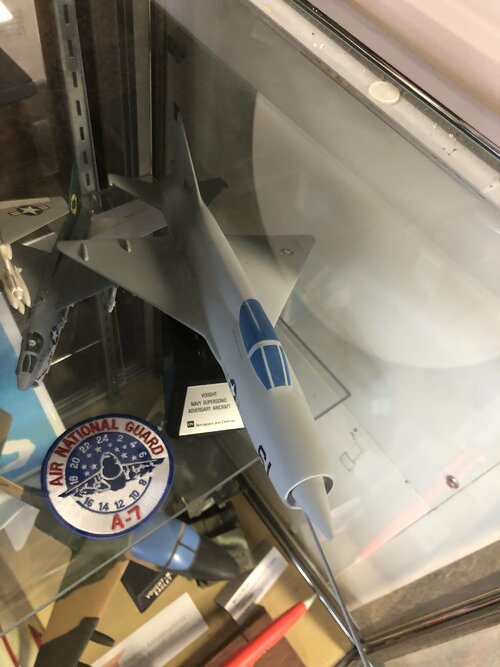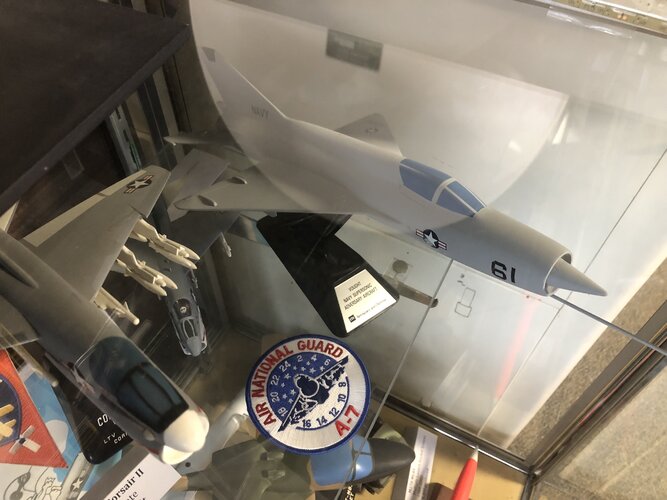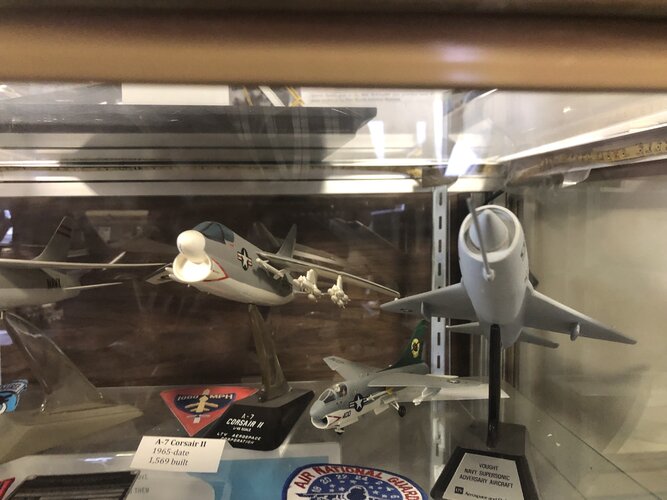- Joined
- 13 August 2007
- Messages
- 8,451
- Reaction score
- 11,024
Looking on V-601 Topic
It make no sense as Aggressor aircraft for Air combat exercise, nor as Low cost fighter for US forces
But What about as International Fighter Aircraft ?
like Northrop F-5 in use of south Vietnamese air-force in 1960s.
The V-601 would fit perfectly that role, special in niche the Mig-21 occupy.
Special for countries who become Allies of USA, but were former "customers" of USSR
and got allot Mig-21 in hangars, The V-601 would bring improvements for new Allies
For Pilots could use V-601 without retraining or upgrading there Mig-21 to V-601
It make no sense as Aggressor aircraft for Air combat exercise, nor as Low cost fighter for US forces
But What about as International Fighter Aircraft ?
like Northrop F-5 in use of south Vietnamese air-force in 1960s.
The V-601 would fit perfectly that role, special in niche the Mig-21 occupy.
Special for countries who become Allies of USA, but were former "customers" of USSR
and got allot Mig-21 in hangars, The V-601 would bring improvements for new Allies
For Pilots could use V-601 without retraining or upgrading there Mig-21 to V-601

